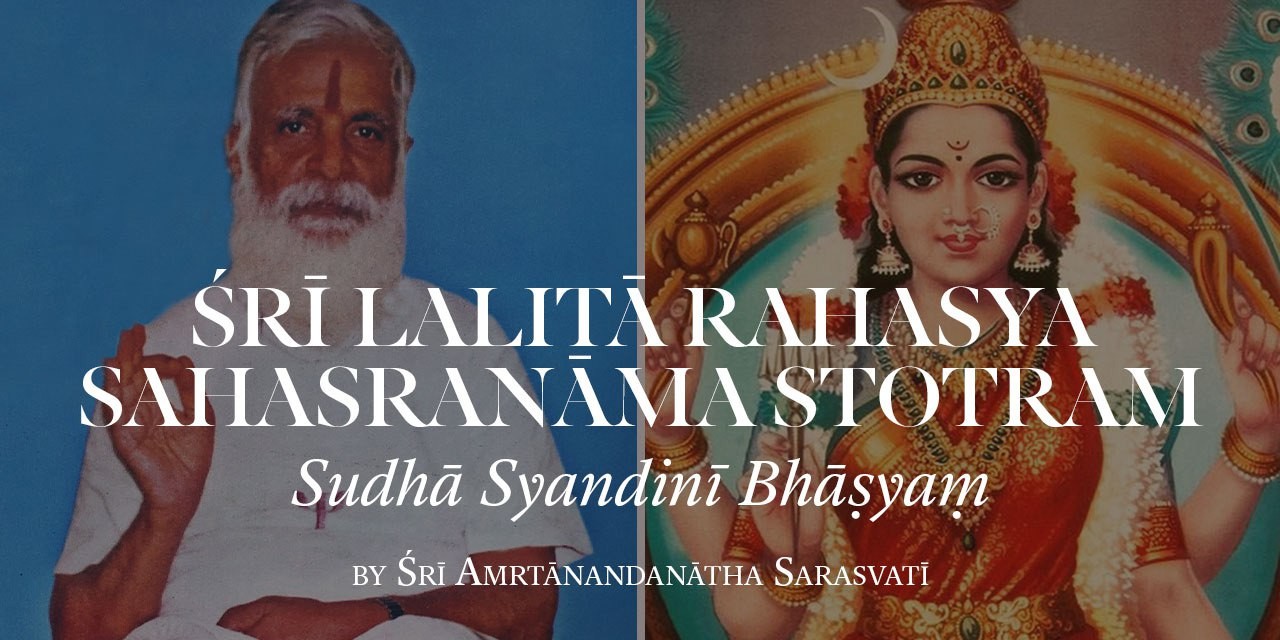- Edited

11) Pañcatanmātrasāyakā
Lalitā wields five flowery arrows in Her lower right hand these are sound, touch, form, taste, and smell. These are the five channels of communication for the perception of the individual with the cosmos, which couple with the five sensory organs of the mind, namely ear, skin, eyes, tongue, and nose. Moreover, these five functions of sensory perception are considered to be the five properties of the elements, namely, space (sound), air, (touch), fire (form), water (taste), and earth (smell). These five “elements” correspond successively to grosser and grosser states of awareness, as for example the sequence: vacuum, gas, plasma, liquid, and solid states of aggregation of matter.
Space is the first condensation of awareness, gas is a condensation of space (curved space-time around matter), liquid is a condensation of gas/plasma, solid is a condensation of liquid, and black holes are a condensation of solid nuclear matter.
In the enumeration above, it is significant that sound is associated with empty space. Sound, it is well known, does not travel in free space. Then why is sound associated with space and not air? Here sound is to be interpreted in the generalized sense of vibrations. Electromagnetic waves, a part of which is the visible light, another part of which is radio waves, microwaves and heat and ultraviolet and so on, can and do travel in empty space; there are other waves that are less well known but can traverse free space; examples of these are the matter waves, thought waves, neutral currents and so on. All these are vibrations of some sort or the other; it is convenient to club them all together and call them sound with a sense of poetic humor of denoting something by that which it is not.
To summarize then: Space-Time is Her hands, in which She holds the weapons of attractive and repulsive interactions creating the cosmos, the mind, and the ability to see, know, feel, hear, etc, creating the individual.
The complete stage for the illusory appreciation of the universe, based on a clever scheme of separation of the seer and the seen, is set up. The drama of unfolding beauty bewitching in the extreme can begin.
Sādhana
The senses are inputs into the mind. Why then are they described as arrows? They are described as arrows that leave the bow to go out, to remind us that the cosmos is in fact a creation of the mind; when the arrows are going out, they are in fact going into the mind from which the cosmos sprang in the first instance. Senses and sensual pleasures are the arrows of Manmatha, the Indian equivalent of the Greek God of love, cupid. Manmatha is the sage for the “Kādi Vidyā” of Śrī Vidyā Upāsana. In the full knowledge that the object of the senses is not distinct from oneself, worship of the sensual pleasures offered to the Devi, the inner awareness, constitutes the main mode of sādhana. This is the Kaula mārga which combines full sensual happiness with liberation in accordance with divine inspiration.
Source: Śrī Amṛtānandanātha Saraswatī "Sudhā Syandinī Bhāṣyaṃ" Typed Manuscript
(an incomplete commentary on Lalitā Sahasranāma)

